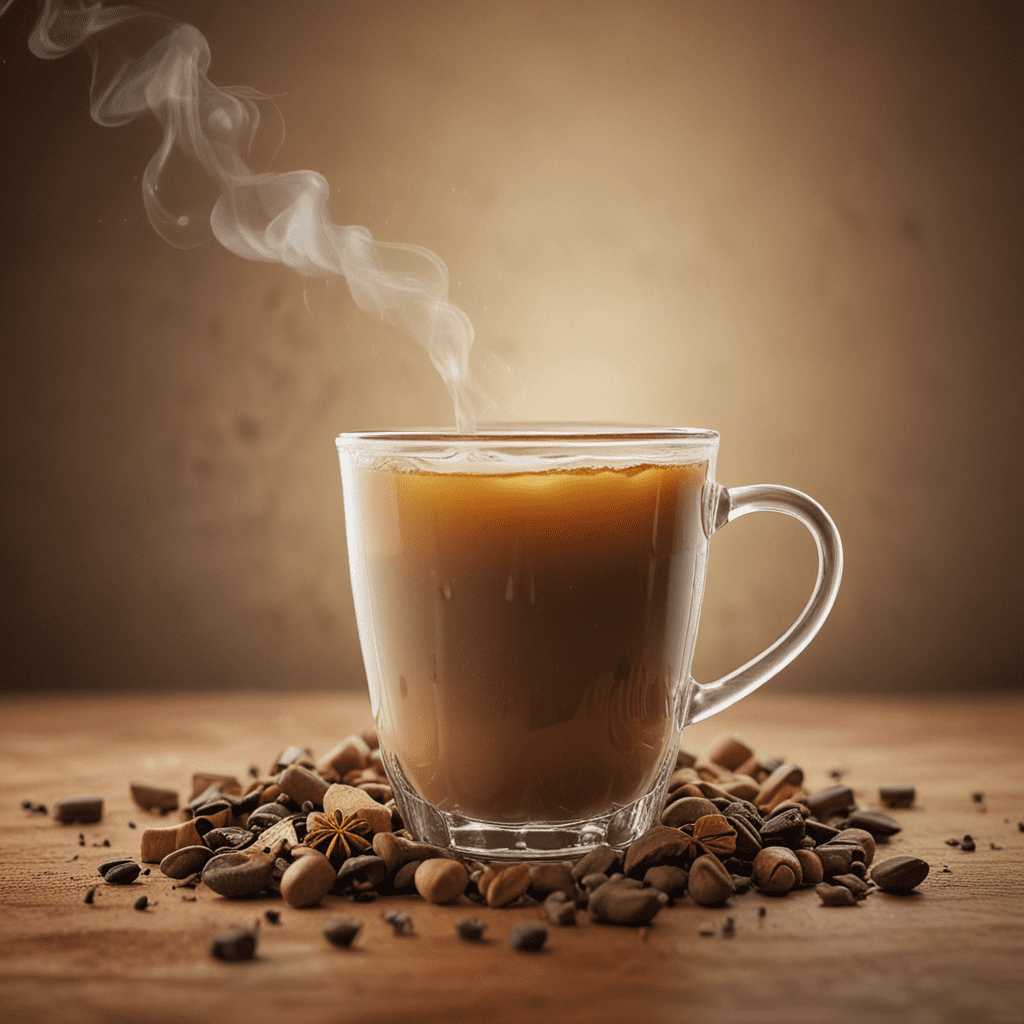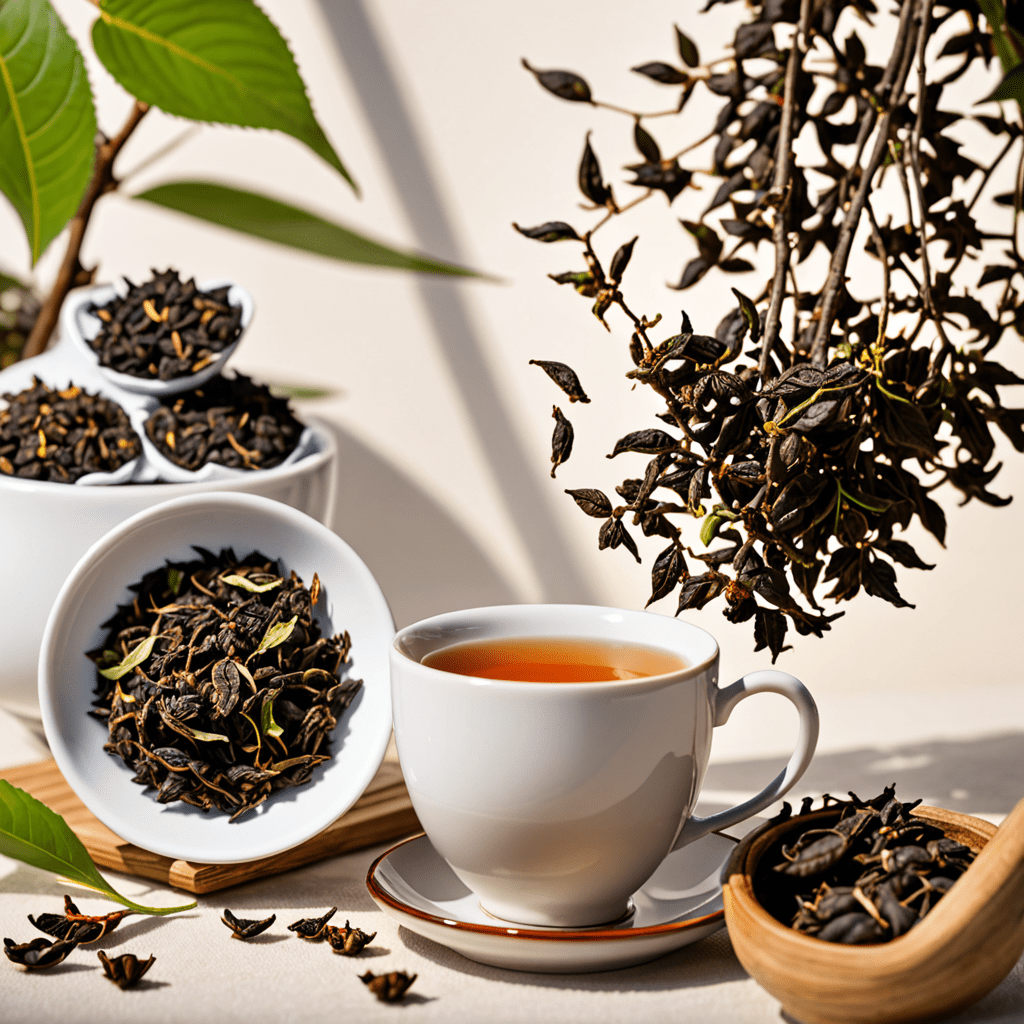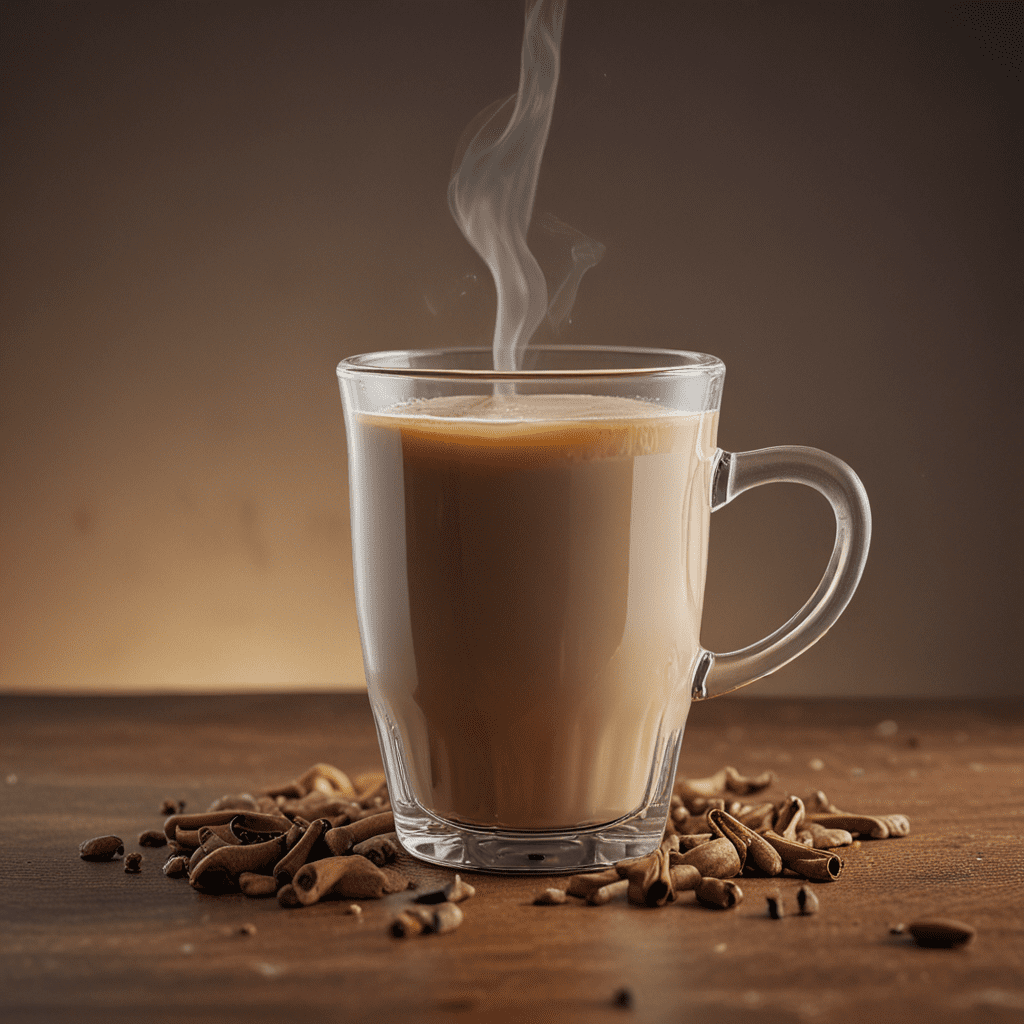
Chai: An Overview
Chai is a delectable and aromatic beverage that has captivated tea enthusiasts worldwide. Originating from the Indian subcontinent, chai has evolved into a cherished tradition, enjoyed by people from all walks of life. Its distinctive blend of spices and flavors presents a symphony of sensations, making it an ideal accompaniment for any occasion.
The Origins of Chai
Chai, meaning "tea" in Hindi, traces its roots back to the ancient Ayurvedic tradition of India. It was initially prepared as a medicinal concoction to alleviate common ailments. Over time, chai evolved into a social beverage, enjoyed in homes and tea stalls alike. The popularity of chai spread beyond India, captivating tea lovers across the globe.
The Health Benefits of Chai
Beyond its delightful taste, chai offers an array of health benefits. The spices commonly used in chai, such as ginger, cinnamon, and cardamom, possess anti-inflammatory, antioxidant, and digestive properties. Studies have suggested that regular consumption of chai may aid in reducing cholesterol levels, improving blood circulation, and boosting immunity.
Ingredients of Chai
The essence of chai lies in its harmonious blend of spices and tea leaves. Traditional Indian chai typically consists of black tea, ginger, cinnamon, cardamom, cloves, and peppercorns. Variations of chai may incorporate additional spices, such as star anise, nutmeg, and fennel seeds. The proportions of each ingredient can be adjusted to cater to individual preferences, creating a unique and flavorful experience with each sip.
Preparation: Brewing the Perfect Chai
Crafting the perfect cup of chai is an art form that requires patience and attention to detail. The traditional method involves simmering the spices in milk and water, then adding the tea leaves and allowing them to steep. The chai is strained and sweetened to taste, resulting in a warm and inviting beverage that is both comforting and invigorating.
Variations of Chai
The versatility of chai allows for endless variations, each showcasing unique flavors and aromas. Some popular variations include:
- Kashmiri Chai: Known for its richness and creamy texture, Kashmiri chai incorporates saffron, almonds, and pistachios.
- Ginger Chai: This variation emphasizes the spicy warmth of ginger, making it a refreshing and invigorating beverage.
- Masala Chai: A blend of aromatic spices, including cardamom, cinnamon, and cloves, gives Masala chai its distinctive flavor profile.
- Dirty Chai: This contemporary variation combines chai with espresso, creating a robust and caffeine-rich beverage.
Chai Culture Around the World
Chai has transcended its Indian origins to become a beloved beverage worldwide. In various cultures, chai is enjoyed in different ways:
- Middle East: Chai is often flavored with cardamom and saffron, reflecting the region's culinary traditions.
- North Africa: Chai is commonly served with mint, adding a refreshing touch to the beverage.
- United States: American chai typically includes a blend of black tea, cinnamon, cardamom, and ginger, often with a touch of vanilla.
- United Kingdom: British chai is characterized by its strong black tea base and the addition of milk, creating a comforting and flavorful drink.
Pairing Chai with Food
Chai's versatility extends to food pairings as well. Its warm and aromatic flavors complement a wide range of dishes:
- Sweets: Chai pairs well with sweet treats, such as cookies, pastries, and cakes, enhancing their flavors.
- Savory Foods: The spices in chai can balance the richness of savory dishes, including curries, stews, and grilled meats.
- Breakfast: Chai is an ideal accompaniment to breakfast items, such as oatmeal, toast, and fruit, providing a warm and comforting start to the day.
Chai and Rituals
Chai holds a special place in various cultures and traditions. It is often associated with:
- Hospitality: Chai is a symbol of hospitality, offered to guests as a gesture of warmth and welcome.
- Social Gatherings: Chai is a staple beverage at social gatherings, fostering a sense of community and connection.
- Religious Ceremonies: Chai is incorporated into religious ceremonies in some cultures, symbolizing purity and devotion.
Conclusion: The Allure of Chai
Chai is more than just a beverage; it is a sensory experience that transcends cultures and generations. Its aromatic spices, rich flavors, and versatility have captured the hearts and palates of tea enthusiasts worldwide. Whether enjoyed as a comforting drink, a culinary accompaniment, or a ritualistic symbol, chai continues to allure and enchant tea lovers across the globe.
Frequently Asked Questions
What is the difference between chai and tea?
Chai is a type of tea that typically includes a blend of spices, such as ginger, cinnamon, and cardamom.How do I make chai at home?
Simmer spices in milk and water, then add tea leaves and steep. Strain and sweeten to taste.What are the health benefits of chai?
Chai may offer anti-inflammatory, antioxidant, and digestive properties due to its spices.
How can I store chai?
Store chai in an airtight container in the refrigerator for up to 3 days.What are some popular variations of chai?
Variations include Kashmiri chai, ginger chai, masala chai, and dirty chai.

